QuestionHi I have a 72 gal bow front tank. It has maroon clown and a copper banded butterfly. Was thinking of adding a powder brown tang or a sailfin tang or a blue hippo. Was wondering which would be the best and if I could add two of those possibly? Thanks shawn.
AnswerHey Shawn,
The rule of thumb is 1" to 1 1/2" of fish per gallon. However this fluctuates with the type of fish, depth of substrate, and pounds of live rock in your system as well. Free swimmers need more free space as opposed to sedentary fish. Powder Brown Tangs are in the lower end(sizewise) of the Tangs. As is the Blue Hippo. On average in captivity they reach a size of 8-10 inches at the most. Sailfin Tangs however can reach a size of 1 feet 6 inches, so if you choose this beautiful guy be ready to upgrade your tank size in a year or 2 to avoid stunting and shortening his lifespan. They all like caves and hiding places as they tend to swim in and out constantly. Beautiful additions to aquariums. All Tangs can be very territorial and extremely aggressive to their own kind. So you can add 2 definitely, but I would strongly suggest 2 different species of the same size. Introduced at the same time after quarantine and acclimation. You didnt say what size the other inhabitants are, but they should be fine. Especially if you add a couple of caves or hiding spots before introduction. Foxfaces, Rabbitfish, Pipefish, Batfish and other Tangs are really the only no no's for Tangs. The Sailfin would be in slightly more danger of stress and beatings than the Hippo or Powder, but depending on size of the specimens you choose, should be fine. Powder Browns, of the 3 you mention, are the only ones that need to be watched with your corals. Remember all Tangs need some herbivorous additives to their diet, as well as meaty foods. Ie; dried seaweed or some macro alga 2 or 3 times a week. So look at substrate depth, pounds of live rock(your bio filtration) and hiding spaces. And choose specimens you've seen eat, healthy coloration and activity and similar in size and you should have some very nice, long lived pets. Hope this helps.
~Glenn

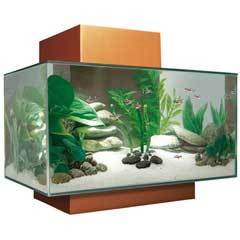 Fluval Edge and beginner saltwater setup
QuestionQUESTION: Ok, soooooo, i want to start my first
Fluval Edge and beginner saltwater setup
QuestionQUESTION: Ok, soooooo, i want to start my first
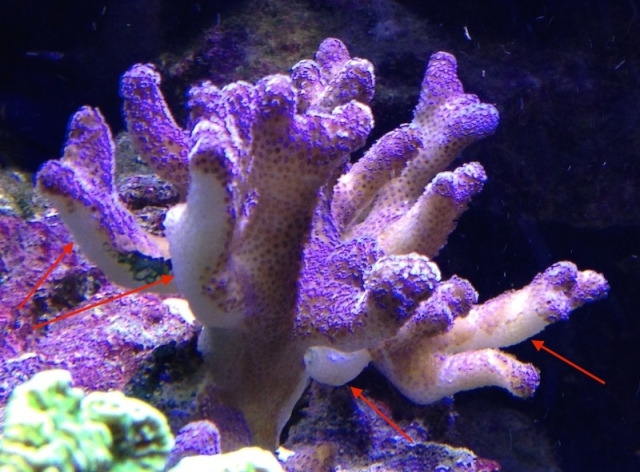 Problem with SPS
Question
Coral Coral placement
I have an S
Problem with SPS
Question
Coral Coral placement
I have an S
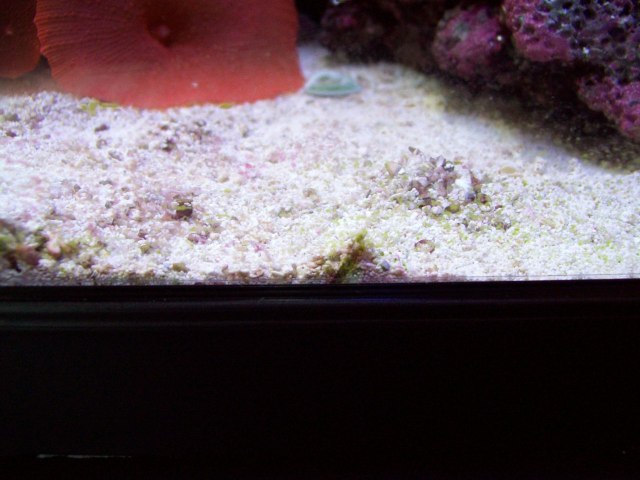 Worm like creatures in sand
Question
Picture of worm
I have about 20 clear small wo
Worm like creatures in sand
Question
Picture of worm
I have about 20 clear small wo
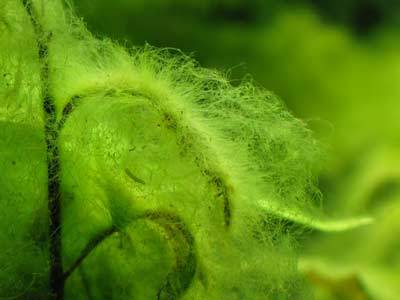 Highly disturbed, I need some HELP
QuestionHi
I have a 28 gallon saltwater tank, it has be
Highly disturbed, I need some HELP
QuestionHi
I have a 28 gallon saltwater tank, it has be
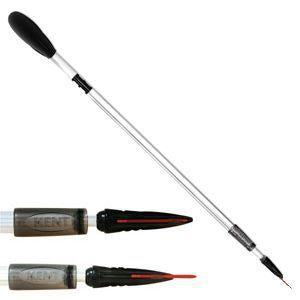 Snowflake eel
QuestionDavid, I just got a Juvy snowflake eel yesterda
Snowflake eel
QuestionDavid, I just got a Juvy snowflake eel yesterda